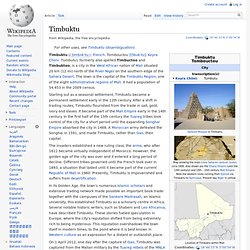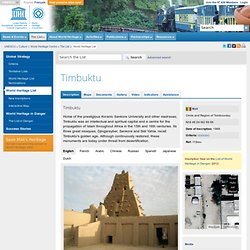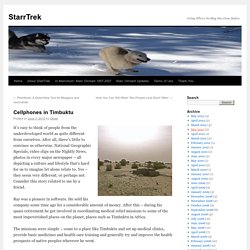

StarrTrek: Going Where No Blog Has Gone Before... - (Build 20100722150226) What breed of dog is best for meeting women?

Just updated m More of him to love… Answer by Oliver Starr: Any dog that's better looking than you are will up your chances considerably. And no matter how good looking you are, there's always a dog that's better. I rest my case with the image below: I'm decidedly average in "cuteness" but with Bixby… bam – I'm a true babe magnet. View Answer on Quora Brave Moose Mother Fights Wolf Pack In Heroic, Tragic Battle To Save Calf (PHOTOS, VIDEO) and what gives humans the right to interfere in a cycle that has preceded us by millions of years? Wolves are called keystone predators for a reason.
Humans kill far more elk and moose than wolves and we take the biggest, the best, the healthiest – with every kill we destroy the strength of the species, with every kill the wolves improve it. We should stay out of the way, and your comment simply proves you know next to nothing about nature. Trappers! I've updated the post on my bounty for: Post by Oliver Starr: Timbuktu. Timbuktu (/ˌtɪmbʌkˈtuː/; French: Tombouctou [tɔ̃bukˈtu]; Koyra Chiini: Tumbutu), formerly also spelled Timbuctoo and Timbuktoo, is a city in the West African nation of Mali situated 20 km (12 mi) north of the River Niger on the southern edge of the Sahara Desert.

The town is the capital of the Timbuktu Region, one of the eight administrative regions of Mali. It had a population of 54,453 in the 2009 census. Starting out as a seasonal settlement, Timbuktu became a permanent settlement early in the 12th century. After a shift in trading routes, Timbuktu flourished from the trade in salt, gold, ivory and slaves. It became part of the Mali Empire early in the 14th century. The invaders established a new ruling class, the arma, who after 1612 became virtually independent of Morocco.
On 28 January 2013, French and Malian government troops began retaking Timbuktu from the Islamist rebels.[5] The force of 1,000 French troops with 200 Malian soldiers retook Timbuktu without a fight. Timbuktu. Timbuktu Home of the prestigious Koranic Sankore University and other madrasas, Timbuktu was an intellectual and spiritual capital and a centre for the propagation of Islam throughout Africa in the 15th and 16th centuries.

Its three great mosques, Djingareyber, Sankore and Sidi Yahia, recall Timbuktu's golden age. Although continuously restored, these monuments are today under threat from desertification. Tombouctou Dotée de la prestigieuse université coranique de Sankoré et d'autres medersa, Tombouctou était aux XVe et XVIe siècles une capitale intellectuelle et spirituelle et un centre de propagation de l'islam en Afrique. تمبوكتو كانت تمبوكتو التي تتميّز بالمسجد الجامعي المدهش الواقع في سانكوري وبمدارسَ أخرى، في القرنَيْن الخامس عشر والسادس عشر، عاصمةً فكريّةً وروحيّةً ومركزًا لنشر الاسلام في أفريقيا. Source: UNESCO/ERI 廷巴克图 这里是声名显赫的科兰尼克·桑科雷大学的所在地。 Исторический город Томбукту Tombuctú Timboektoe Source: unesco.nl Outstanding Universal Value Brief synthesis. History of Timbuktu, Mali. Photos/Pictures of Timbuktu, Mali. Cellphones in Timbuktu. It’s easy to think of people from the underdeveloped world as quite different from ourselves.

After all, there’s little to convince us otherwise. National Geographic Specials, video clips on the Nightly News, photos in every major newspaper – all depicting a culture and lifestyle that’s hard for us to imagine let alone relate to. Yes – they seem very different; or perhaps not. Consider this story related to me by a friend. Ray was a pioneer in software. The missions were simple – come to a place like Timbuktu and set up medical clinics, provide basic medicines and health care training and generally try and improve the health prospects of native peoples wherever he went. Upon arriving in Timbuktu, Ray observed that their system of commerce was incredibly simple. According to Ray they had no established currency – they traded goats for charcoal, charcoal for goats or labor in exchange for either charcoal or goats.
Principally, the change was to the commerce in Timbuktu.